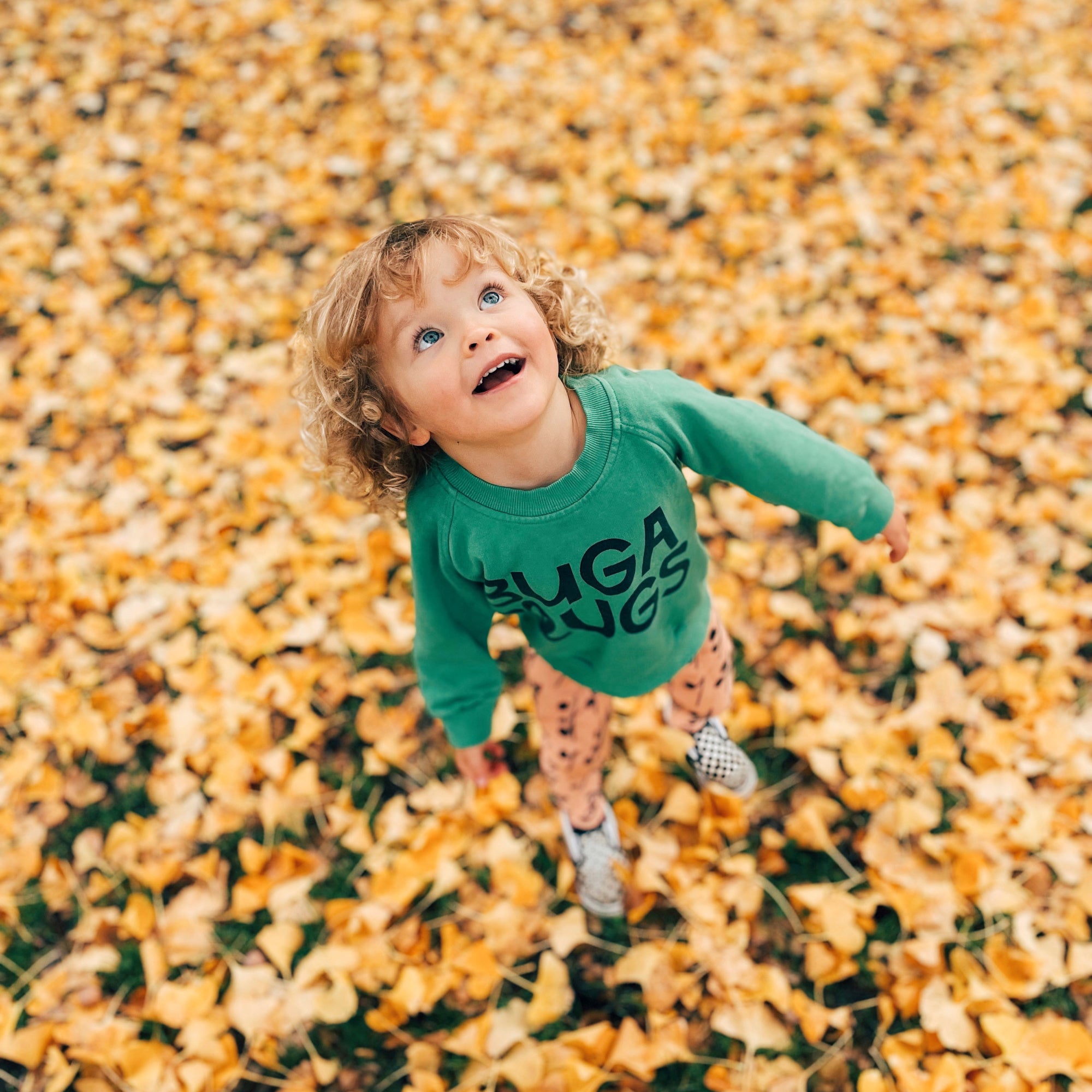“We cannot protect something we do not love, we cannot love what we do not know, and we cannot know what we do not see. Or hear. Or sense.”
- Richard Louv
We all know that playing outside is good for our kids (and ourselves). In fact, spending time playing and connecting in nature reduces stress and anxiety, lowers cortisol, increases vitamin D levels, reduces childhood obesity, aides the immune system, improves coordination and helps children to become more confident. It’s also become well accepted by the medical community that children need an average of two hours a day outside in order to prevent myopia (one of the fastest growing eye conditions in children today). We’re currently seeing an epidemic of myopic children due to too much screen time or near sighted work, and not enough time outdoors.
So how can we get our minimum of two hours a day outside during busy term time weeks? Here are some ideas to get you started.
Walk whenever you can - this might be walking to and from school or kindy, to the library, the playground or to the shops to get some bread , etc. A few shorts walks a day can add up to lots of outdoor time. A great tip is to look for nature during your walks. See if you can spot any birds or different coloured leaves. Admire gardens as you walk past them, and take a moment to look up at the clouds.
Forest or nature school - Lots of towns and cities now have a nature programme for kindy and school aged children. They are usually attended one day a week (and are approved and encouraged by the ministry of education). Children will be immersed in nature for the entire day and often take part in activities such as bird watching, building a campfire, looking for tadpoles/frogs, whittling and tree identification. These programmes are immensely beneficial for children of all ages.
Plant a garden - Gardening with kids is one of the most rewarding learning experiences we can offer. Your child gets to watch life unfold before their very eyes. It’s also well documented that children who grow food eat a wider variety of fruits and vegetables. Your garden doesn’t have to be huge and it doesn’t have to be expensive. You just need a small patch of dirt or some deep pots, seeds and some seed raising mix. Children love to plant tiny seeds and check everyday to see if they’ve germinated. They enjoy pulling weeds and watering their plants. You can also encourage your child to sing to their plants to help them grow faster.
Take advantage of local hikes and trails - Check out your local Department of Conservation to find out where some great family friendly walks are. DOC also host tree planting days throughout the year which are another great activity to get involved in.
Get out to the beach or your local river at different times of the year. Collect sea shells, look for sea glass or make little leaf boats to float down the river or a creek. Revisiting the same spot in nature helps children to make a true connection with their environment and when children are connected to something they will want to take care of it.
Go on a nature treasure hunt in your local Botanic Gardens. Send children into the gardens to explore and let them tick things off their treasure hunt list as they go. You can make your own list or print one from the internet (a quick google search comes up with lots of options). Botanic Gardens are a treasure trove of nature discovery that aren’t utilised nearly enough.
Pick your own - in summer and autumn picking your own fruits and veggies can be a rewarding way to get some outside time in. Children love picking berries and observing bees, ants and other insects as they go. Bonus, they’ll also get their daily vitamin C.





